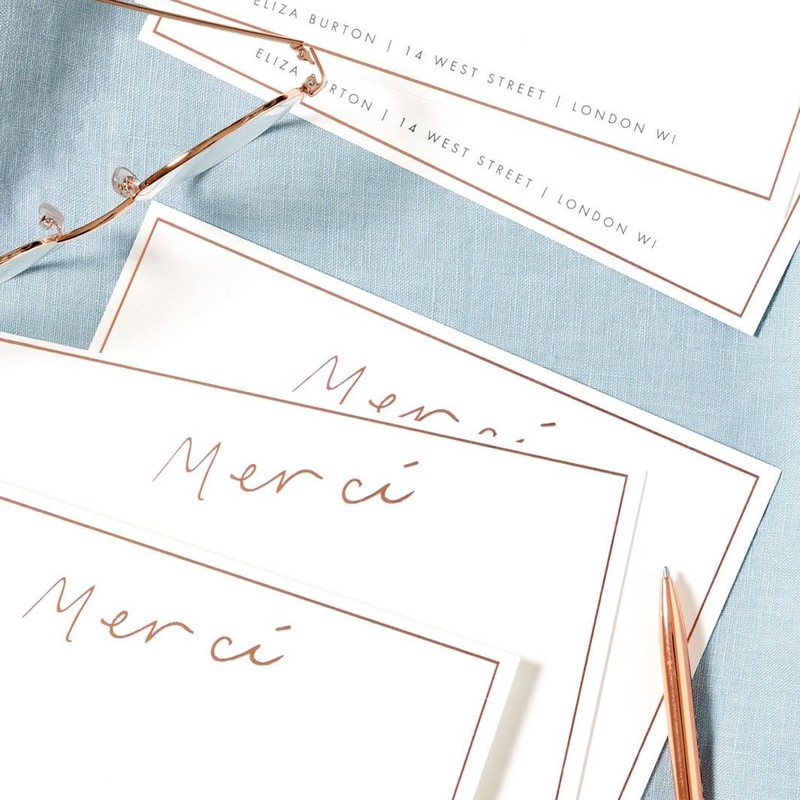
A Modern Guide To Thank You Notes
It should be timely…
As a general rule, the etiquette experts at Debrett’s say a thank you letter should ideally be sent within a week to ten days of an event or receipt of a present. But whether it’s getting back to work or the children back to school, it’s not always easy to find the time. If you’re fastidious, it’s a good rule of thumb to write within a fortnight. “In the digital age, a handwritten thank you note will always look spontaneous and heartfelt and is preferable to an email or text message,” explain the Debrett’s team. “Always try to write a thank you letter promptly, and at the latest by Twelfth Night (6th January).”
Text messages or emails are acceptable…
“People often feel that a big gift demands a big thank you,” explains Grace Bonney from Design Sponge. “But it’s more important to simply say thank you in a timely manner than to make a big showy display. [For that reason] a text message can be a nice, informal way to thank someone for something slightly less specific or more about a general thank you for overall support. Emails are similar to text messages but are a great place to go into a bit more detail. If you want to call out the specifics of a gift or event, this is a nice way to do that. It’s also a nice way to say thank you for a slightly younger generation that is more used to using email for everything than say, your grandparents. Emails are also a nice way to say thank you to someone you don’t know well enough to ask for an address or contact info.”
…unless you’ve left it really late
“Even if you’re really late in sending your thank you letter, you should still go ahead and send it,” says etiquette expert Paul Russell from Luxury Academy. “Late is better than not at all – and it’s okay to address the lateness in your letter, asking the recipient to forgive you for it.” As for what method is best, Paul says at this stage, it’s best to avoid sending a text as it just looks like an afterthought. “If you cannot send a letter, a phone call is better than a text at this point,” he offers.
If you're going handwritten, stationery matters...
According to etiquette expert Paul Russell from Luxury Academy, a thank you letter should be handwritten on A5 unlined notepaper, preferably 100gsm or above. While notecards are widely accepted these days, in Paul’s view, notepaper is always preferable if you’re going for the height of propriety. “Once you have written your note, fold it once and place in a matching envelope,” he says. “Try and avoid sending an email as a thank you. Emails by their nature are informal, but they also mean less to the recipient. A letter shows thought, time and preparation.” That said, while there are many etiquette rules around letter writing, try not to worry unduly or let it put you off sending a letter at all, adds Paul. “Remember, most people will be delighted to receive something from you, even if it does have the odd breach of etiquette.”
Always write one for gifts (even if they're not your taste or you've completely forgotten)…
“Thank you letters are necessary to acknowledge presents given for Christmas, christenings, weddings, birthdays and anniversaries,” insist the Debrett’s team. Grace agrees: “Giving thanks for something you’ve received, whether it’s an object, an experience or something intangible like forgiveness or support, is something that just needs to be done, period.” But what happens if the gift wasn’t quite what you were expecting or – worst case scenario – you can’t even remember what it was? “Just say thank you. The person receiving the thanks will just be happy to hear it, the mode and message are rarely as important as the simple act of acknowledging someone’s kindness,” advises Grace. Just remember not to reveal your displeasure in the note. “If you’ve forgotten which gifts came from whom, keep it vague,” adds Paul. “An example might be ‘thank you so much for your gift, it was incredibly thoughtful, and we appreciate it immensely.’”
It’s worth thinking about the content & length…
“Honestly, something simple is always best. Yes, it’s lovely to get something long and details and meaningful, but a simple thank you that mentions the thing you’re thankful for is always enough,” says Grace. Further to that, as a basic set of ground rules, start your thank you letter with ‘Dear’ followed by their first name, and never use ‘Hi’ – no matter how well you know the person you are writing to, says Paul. “The traditional, formal structure would be for the note to be addressed to the main female of the house, or to a couple if it’s more of an informal thank you letter. For couples of the same gender, use both names such as ‘Dear Lucy and Jane.” If you are writing to a family, avoid writing ‘Dear Jones family’ or similar, instead write to a specific person and mention your thanks to the family within the main body of the letter, he adds. As for length, Paul reckons around five to six lines is ideal. “Don’t gush or over compliment as it can come across as insincere,” he warns. “Instead, say how useful or thoughtful the gift was.”
Writing them for your children is fine…
According to the Debrett’s experts, it is appropriate for parents to respond on behalf of their offspring before the child is able to write. “The child should write their own, however, as soon as they can,” they add. “Children should be encouraged to specifically refer to the present in the letter, and make a detailed comment about it.” An extra sentence of personal news about the child’s life also adds a personal touch. “Traditionally, children should always write a thank you letter for presents, but it is becoming more permissible for children to say thank you in person if the giver is there when the present is actually opened. Much will depend on the expectations of particular families or individuals.”
Finally, don't forget spelling & postage...
It should go without saying, but as Grace points out, failing to spell people’s names correctly or messing up an address will make your thank you look less than heartfelt. Just take a couple of minutes to proofread before sending – even if it means starting over if you’ve gone for something handwritten. As for postage, some might interpret your choice more than you’d think. Paul says: “There’s nothing amiss with using a second-class stamp to post your thank you letter but be aware that some people may find it implies that the letter you are sending is not important enough. To be safe, a first-class stamp may be better and if your thank you letter is late, then sending it first class is always advisable.”
Debrett’s Guide to Hosting & Entertaining is available to purchase here.
Shop our edit of the best thank you cards and notes below…
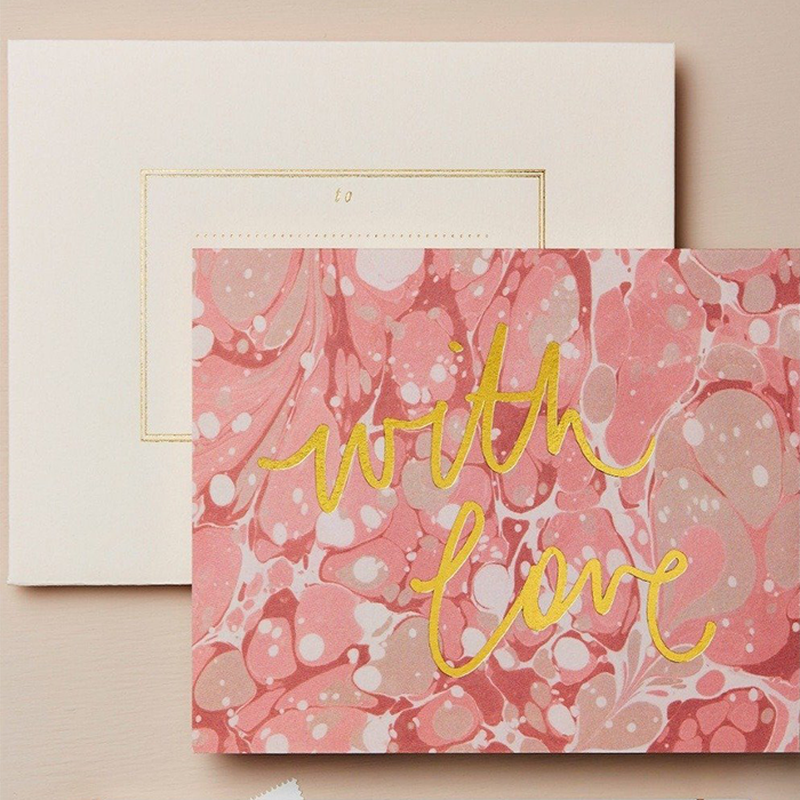
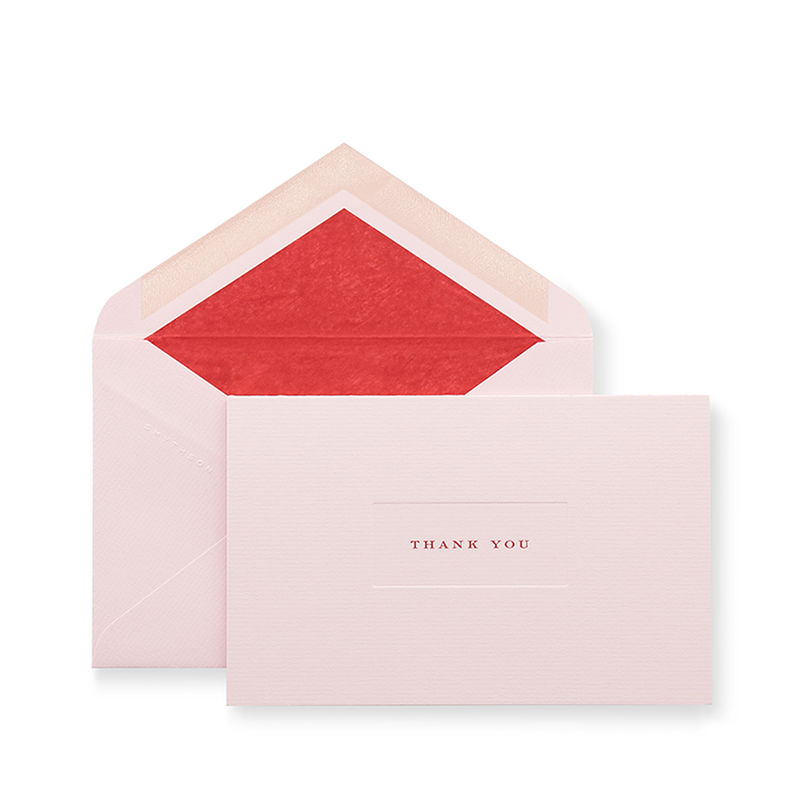
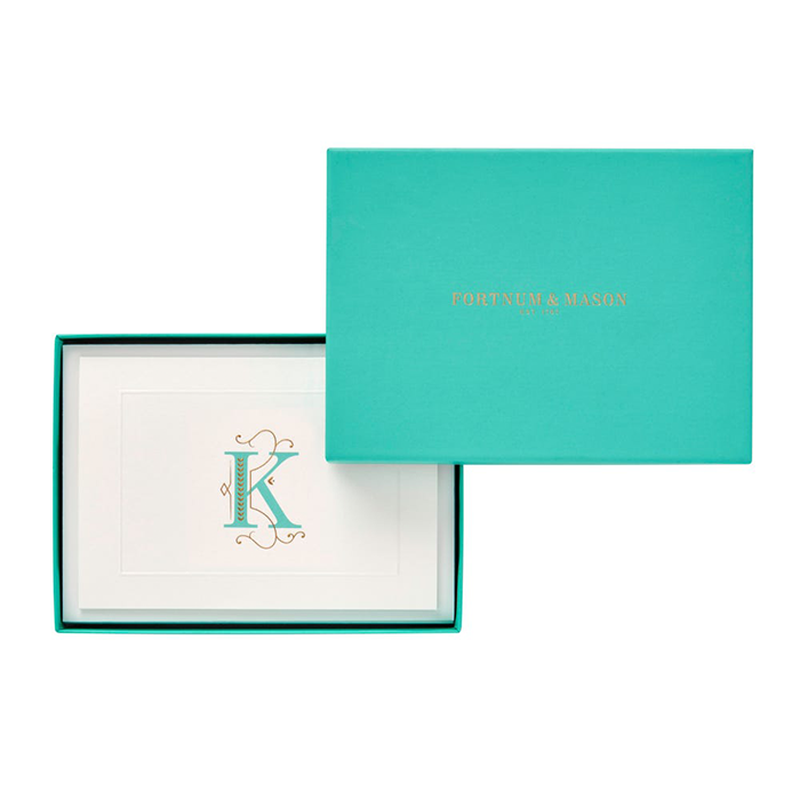
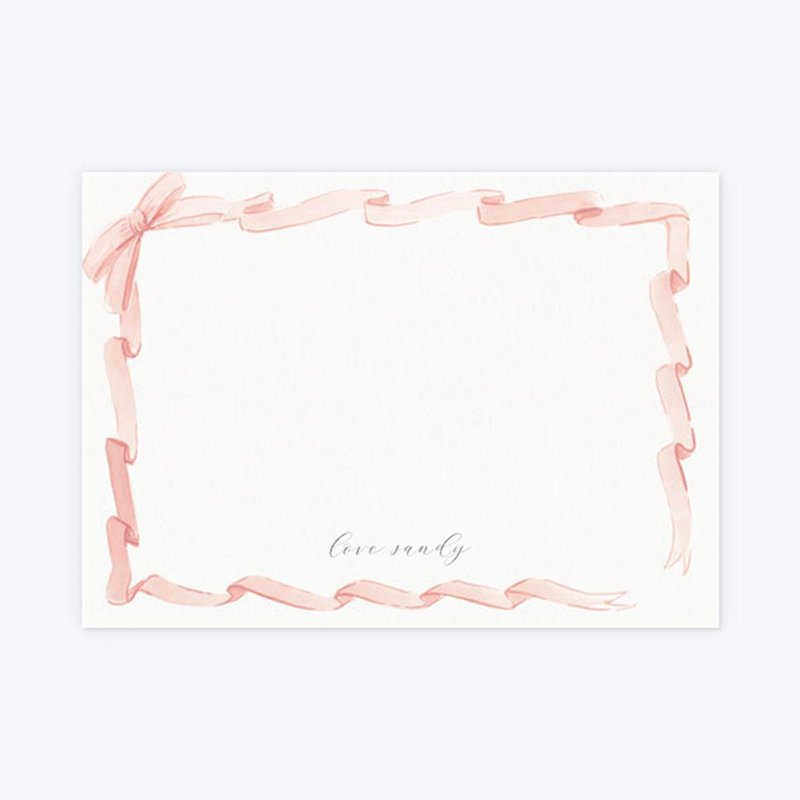
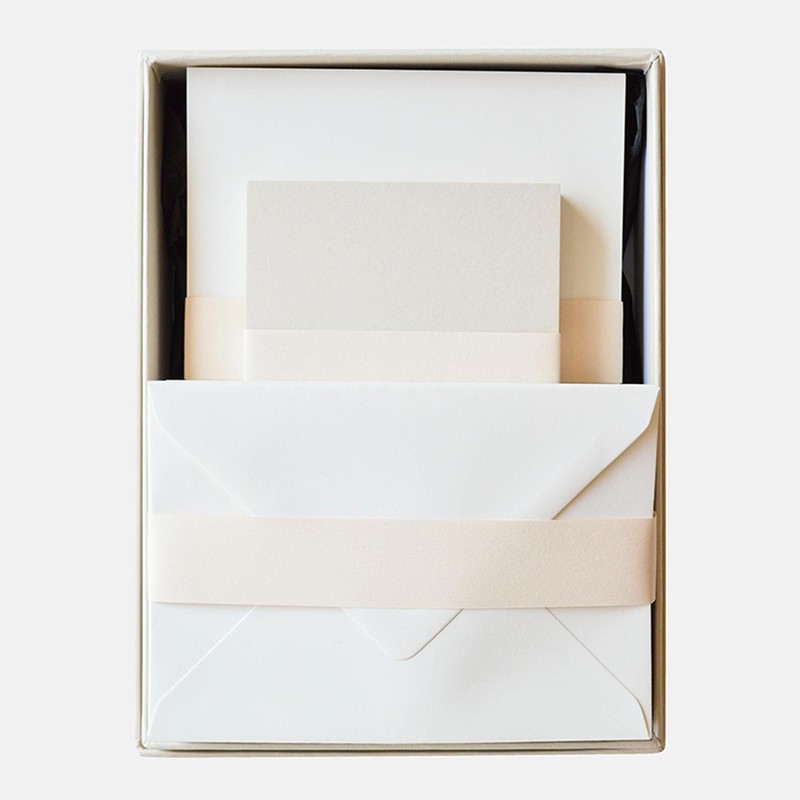

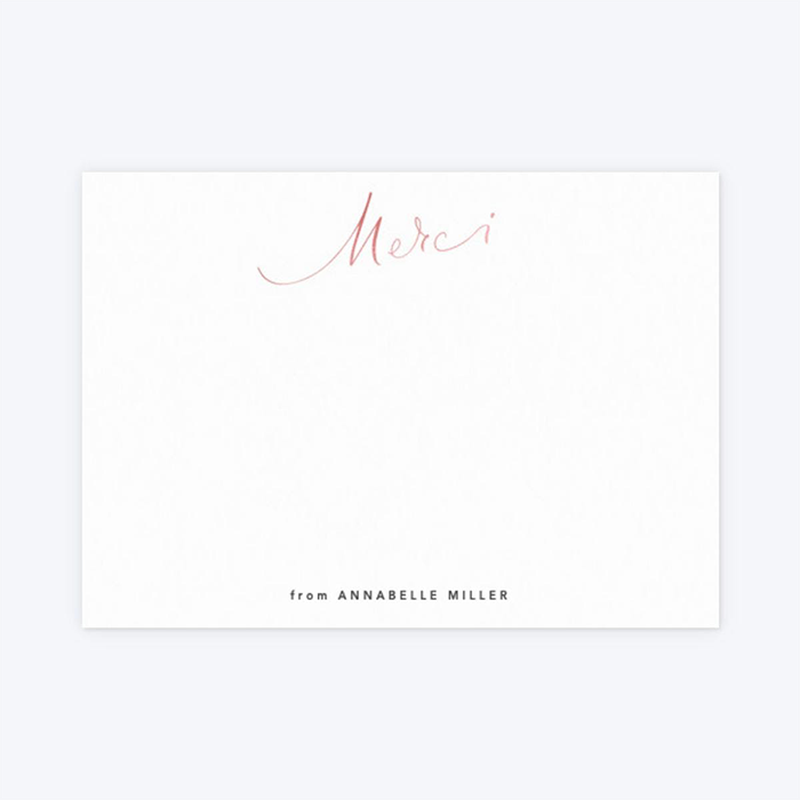
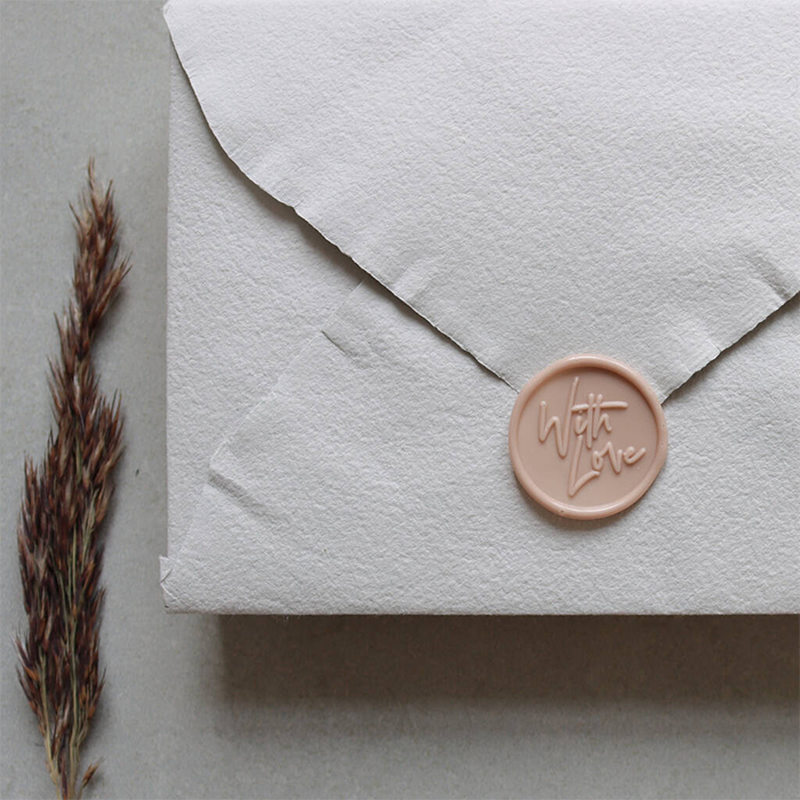
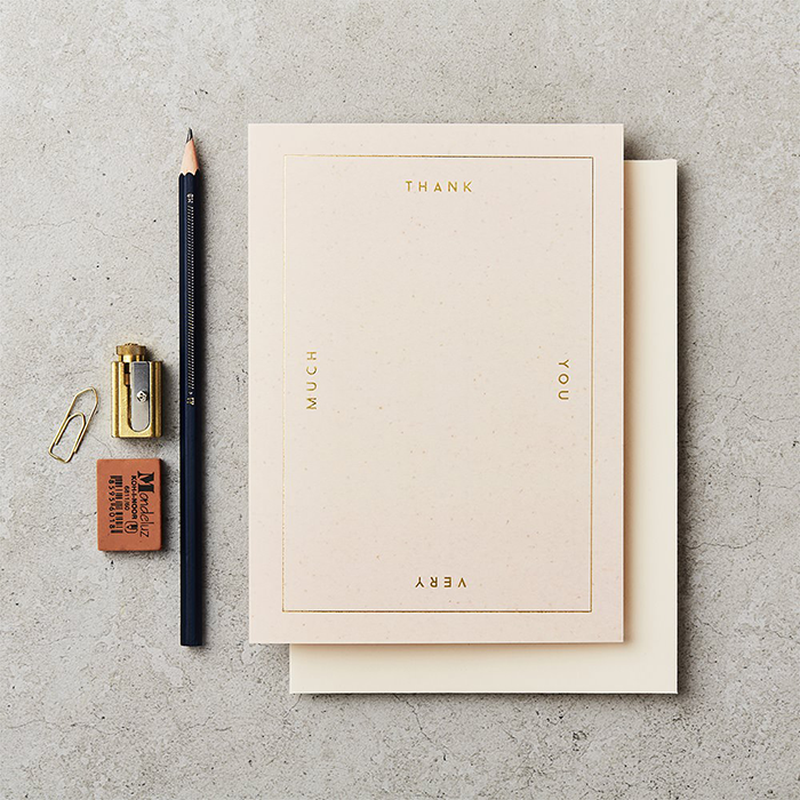
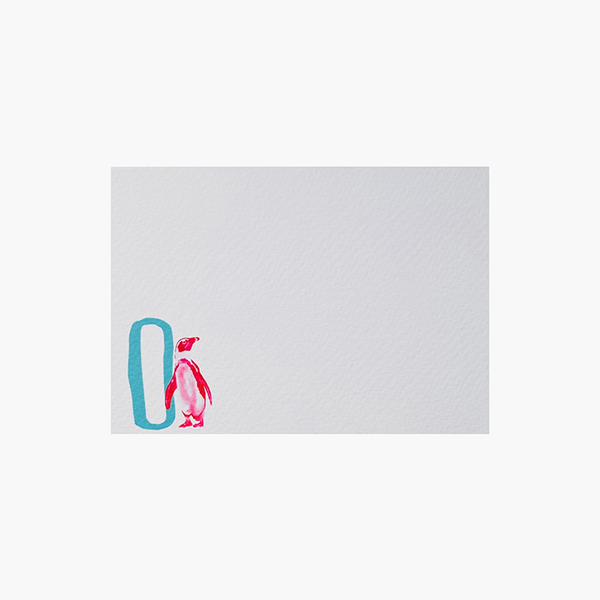
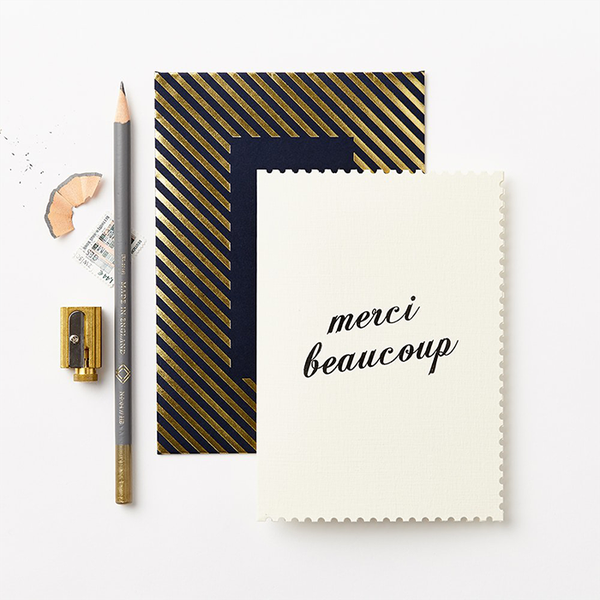

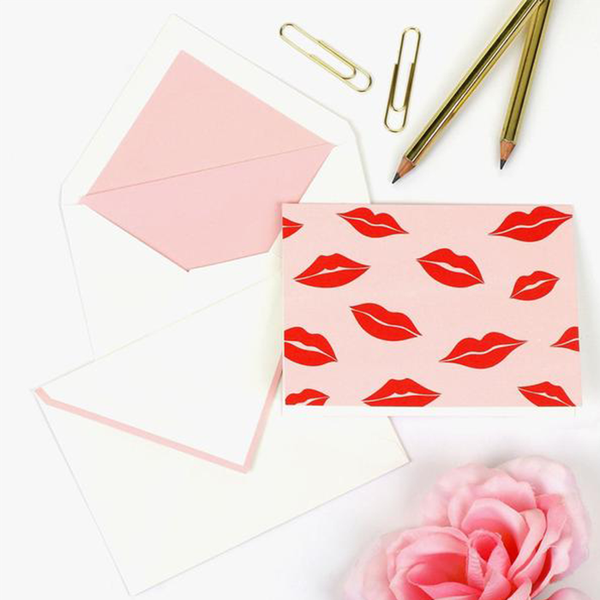
INSPIRATION CREDITS: Instagram.com/Papier
DISCLAIMER: We endeavour to always credit the correct original source of every image we use. If you think a credit may be incorrect, please contact us at info@sheerluxe.com.

